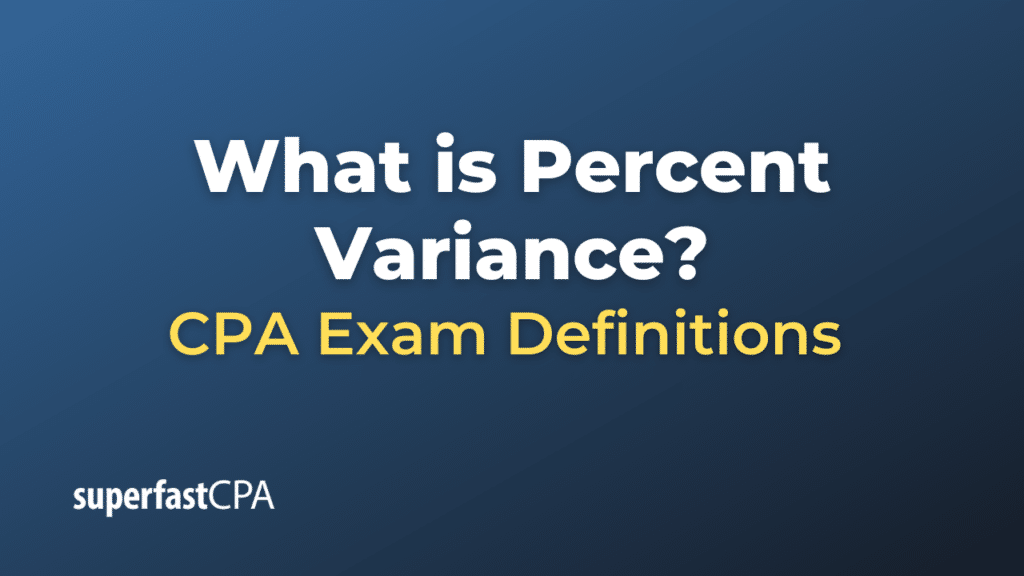Percent Variance
Percent variance is a statistical measurement of change, calculated by dividing the amount of the variance (change) by the original, baseline number. It’s used to gauge the relative change between two numbers – an actual value and a planned or past value.
In a business context, percent variance is commonly used in financial analysis to compare actual results with budgets or forecasts, to evaluate company performance, or to compare performance against industry benchmarks.
Here is the formula to calculate percent variance:
Percent Variance = [(Actual Value – Planned Value) / Planned Value] * 100%
If the percent variance is positive, it indicates the actual value is higher than the planned value. Conversely, if the percent variance is negative, the actual value is lower than the planned value.
For example, if a company projected it would spend $50,000 on marketing, but it actually spent $55,000, the percent variance would be [(55,000 – 50,000) / 50,000] * 100% = 10%. This means the company spent 10% more on marketing than it had planned.
Example of Percent Variance
Let’s take an example from the business world where we’ll calculate the percent variance in sales.
Suppose last year a company had sales of $1,000,000. This year, the company’s sales were $1,200,000. We want to calculate the percent variance to see how much sales increased in comparison to the previous year.
Here’s how to calculate it:
- Find the variance (difference) between this year’s sales and last year’s sales: $1,200,000 – $1,000,000 = $200,000.
- Divide the variance by last year’s sales to find the proportional change: $200,000 / $1,000,000 = 0.2
- Multiply by 100 to convert the proportion to a percentage: 0.2 * 100 = 20%
Therefore, the percent variance in sales from last year to this year is 20%. This means that the company’s sales increased by 20% compared to the previous year.
Remember, percent variance provides a useful way to compare changes relative to a base value. It’s used across many fields, from finance to physics, to assess changes over time, differences from expectations, or variations from standards or benchmarks.














